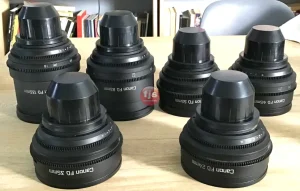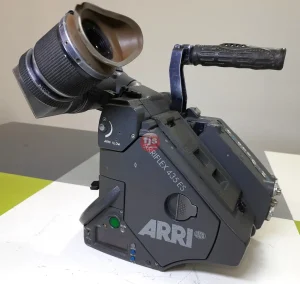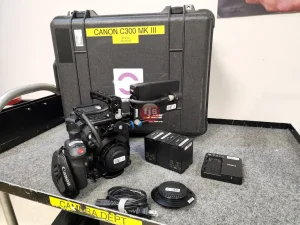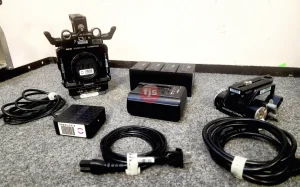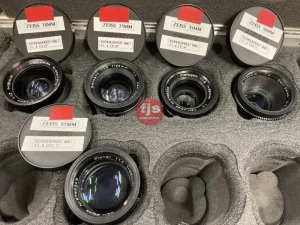As a photographer, you may have flip-flopped back and forth between prime and zoom lenses. While there are advantages and disadvantages to each, sometimes you may find yourself stuck with a lens that is not ideal for an event. In this case, it may be beneficial to choose a 50mm prime lens. This is one of the most popular and affordable primes, and is made for every camera body known to man.
If you find yourself in a situation where you don’t have the right lens for the shot, don’t despair. There’s always a way to work around it. With a little creativity, you can overcome the challenges of shooting with a prime lens.
1. Use shallow depth of field
Prime lenses are known for their sharpness, especially when you close down the f-stop. However, when you are confined or have limitations about how close you can get or how agressive you can come across as a photographer, using your lens creatively is important. Thus, you may sacrifice some sharpness or add a little chromatic aberration (CA), but you will also get a different style of shot from a lens that inherently has focal length limitations. Go for bokeh.
2. Use wide angles
If you want to capture a wider angle in your shot, you can try using panorama techniques. By combining images in post-processing, you can create a final composition that gives a cinematic effect, even if it’s not exactly the same as a true wide angle shot. This is a great way to get more into your scene when you’re limited by your focal length.
3. Shoot with the intention of post processing
Be aware that you can crop your images in post-processing. This can be useful if there are objects in the frame that you don’t want to include, or if you want to zoom in on a specific element. This gives you more flexibility and diversity in your shots. If you combine this with a shallow depth of field (as suggested in point one), you can achieve a telephoto effect.
4. Go for the extra footage
To get the best photos of an event, look for shots of people’s activities, reactions, or the surrounding environment. If you can’t get any closer without being disruptive, try looking up, down, and around for different angles. In film, these are generally called B-roll shots, and they help to transition from one camera angle to another while also telling the story.
7. Enjoy the moment
See the event not only through your camera, but also with your own eyes. Experience the event, and it will not only give you great memories, but will allow you to feel the mood as well. Understanding the event will give you insight into what out-of-the-box shot may really highlight the event.
Conclusions
Work with what you have available to you and don’t focus on what you left at home. If you do, you may end up carrying around too much gear and missing out on enjoying yourself. Think about how to change your perspective. When you’re confined, there’s a great opportunity to use your most advantageous feature- your creative brain!
For many people, photography is a hobby that has turned into a passion. Enjoying photography should be a top priority. Photography is always a game of trade-offs. This can be illustrated by the basic lesson of the exposure triangle. When you gain one thing, you lose another. So even when you are stuck with just a prime lens, challenge yourself to be better at what you love!




